Reptiles

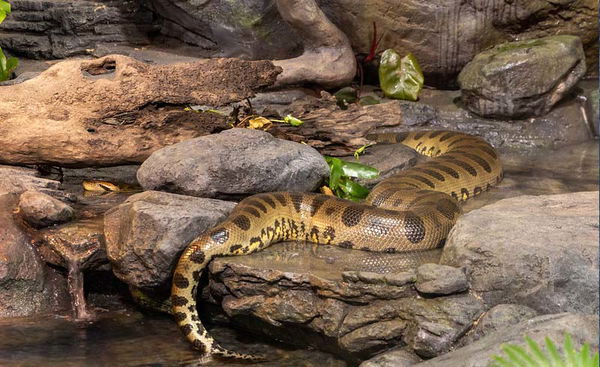
The anaconda is a giant and non-venomous snake that is found in South America. It is one of the largest reptiles in the world, reaching a length of over 30 feet. It has a thick and muscular body, with a distinctive pattern of dark spots on an olive green background. It is a solitary animal and prefers to live in rivers, lakes, and swamps.
Although the anaconda is not venomous, it is a formidable hunter. It feeds on large animals, such as capybaras, deer, wild boars, and caimans. They can immobilize their prey with their strong muscles and strangle them to death. Once they have killed their prey, they swallow it whole, which can take several days.
Anacondas are fascinating animals, but they are also dangerous to humans. Although they usually do not attack humans unless they feel threatened, it is important to exercise caution when interacting with them.
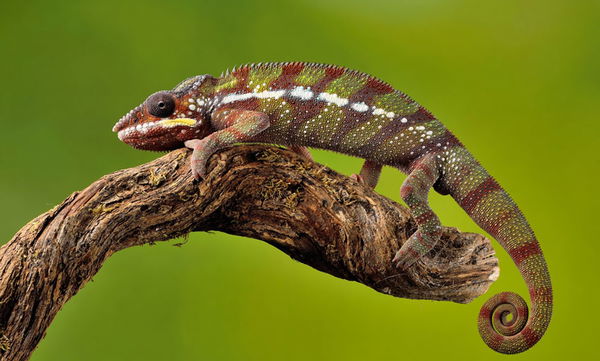
The chameleon is a fascinating reptile known for its unique ability to change the color of its skin. There are over 160 species of chameleons, and they come in a variety of colors and sizes. They have a distinctive appearance, with bulging eyes that can move independently of each other, a long tongue that can extend several times the length of their body to capture prey, and specialized feet that enable them to grip onto branches and climb trees. Chameleons are primarily found in Africa and Madagascar, and they are adapted to life in the trees. They feed on insects, and their long tongues and quick reflexes make them formidable hunters. They are also able to change the color of their skin to blend into their surroundings or communicate with other chameleons. Chameleons are a unique and fascinating species of reptile that have captured the attention of people around the world.
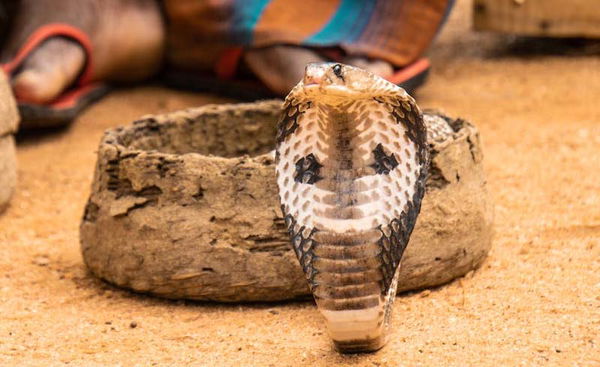
The cobra is a venomous snake found in many parts of the world, including Asia and Africa. They are known for their threatening appearance and the ability to extend their necks in a defensive posture when they feel threatened. Additionally, cobras are capable of injecting deadly venom through their fangs, making them one of the most dangerous animals to humans.
Despite their reputation, cobras are important animals in many ecosystems. They help control the population of rodents and other small animals, which in turn benefits other animals.
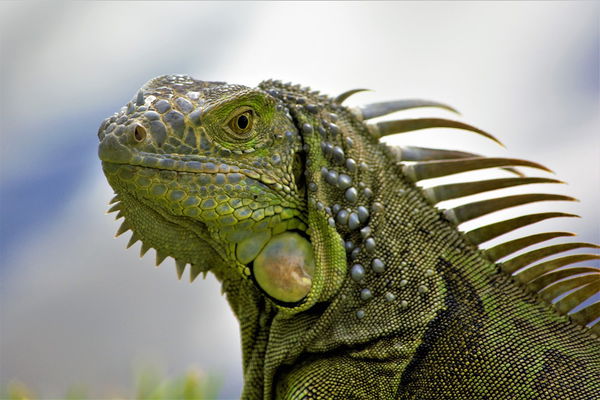
Photo: Scottslm
The iguana is a type of reptile that is native to tropical regions of Central and South America, as well as the Caribbean. They are known for their distinctive appearance, which includes long tails, spiny crests along their backs, and dewlaps beneath their chins.
Iguanas are herbivores, primarily feeding on leaves, fruits, and flowers. They are also excellent climbers and are able to leap from high branches and land safely on the ground.
Male iguanas are territorial and will defend their territory from other males. They also have bright colors during mating season to attract females.
Despite their popularity as pets, iguanas can be challenging to care for. They require specialized diets, lighting, and heating to maintain their health and well-being.
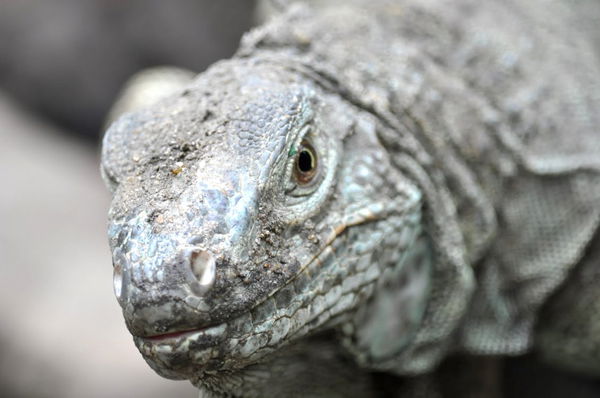
Photo: Pexels
The Komodo dragon is a large species of lizard that is native to the Indonesian islands of Komodo, Rinca, Flores, Gili Motang, and Padar. They are the largest living lizard species and can grow up to 10 feet in length and weigh up to 150 pounds.
Komodo dragons are apex predators and are known for their powerful jaws, sharp teeth, and venomous saliva. They primarily hunt and eat large mammals such as deer, wild boar, and water buffalo. They also scavenge on carrion and are known to attack and eat humans on rare occasions.
Komodo dragons have a strong sense of smell and use their long, forked tongues to detect scents in the air. They are also excellent swimmers and climbers.
Komodo dragons are listed as vulnerable by the International Union for Conservation of Nature (IUCN) due to habitat loss, hunting, and poaching. Conservation efforts are being made to protect their populations and their habitats.
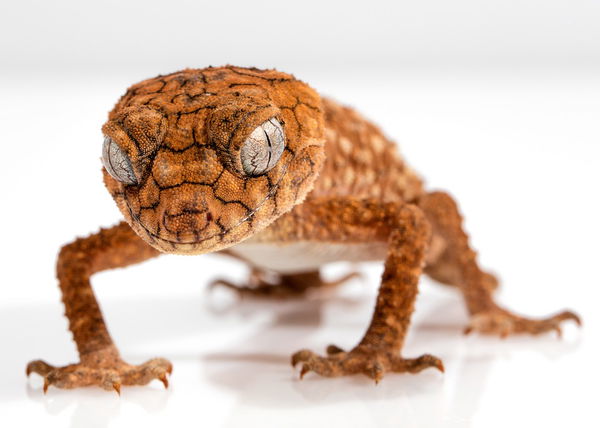
Photo: Cleverpix
Lizards are a diverse group of reptiles that can be found in many parts of the world, from deserts to rainforests. They are characterized by their scaly skin, long tails, and four legs.
There are thousands of different species of lizards, ranging in size from just a few centimeters to several meters long. Some are herbivores, feeding on plants and flowers, while others are carnivores, hunting insects, small mammals, and other lizards.
Lizards are an important part of many ecosystems, serving as both predator and prey. They also play a role in seed dispersal and pollination.
Unfortunately, many species of lizards are threatened by habitat loss and degradation, as well as by the pet trade. Some species have also been introduced to new areas and become invasive, threatening native species.
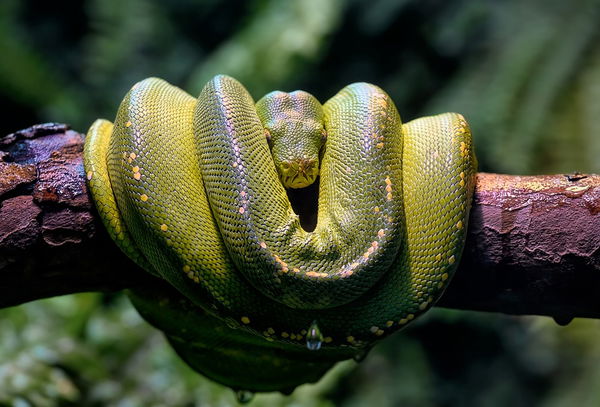
Photo: ambquinn
The python is a large, non-venomous snake found in many parts of the world, particularly in Africa and Asia. Pythons are constrictors, meaning that they wrap their bodies around their prey and squeeze until the prey dies. They have heat-sensing organs that allow them to detect prey even in complete darkness. Pythons are carnivorous and feed on a variety of prey, including small mammals and birds. They are also known for their impressive size, with some species growing up to 30 feet in length. Pythons are often kept as pets, but can be dangerous if not handled properly. Some species are also threatened by habitat loss and hunting.
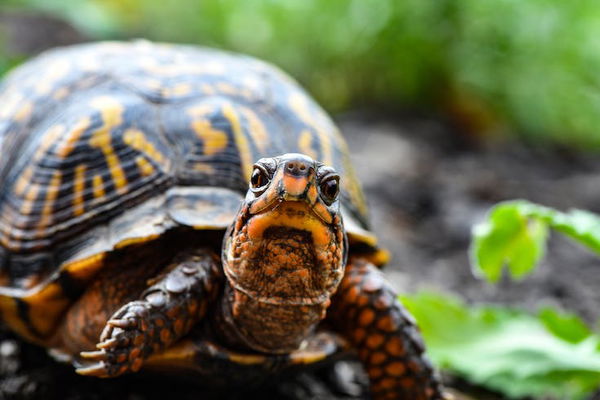
Photo: Pexels
Turtles are a group of reptiles that are characterized by their protective shell, which allows them to hide from predators and protect themselves from the sun. Turtles can be found all over the world, both on land and in freshwater or saltwater. There are many species of turtles, ranging from small land turtles to large sea turtles.
Turtles are very interesting animals due to their longevity, with some living for more than 100 years. They are also very patient and calm animals, which makes them popular as pets. However, they are also wild animals and require a lot of care and attention to live in captivity.
In nature, turtles play an important role in the ecosystem as herbivores and prey for predators. Unfortunately, many species of turtles are endangered due to habitat loss and poaching for the trade of meat, shells, and eggs.

Photo: Ana_M
The viper is a venomous snake that is found in various parts of the world, including Europe, Asia, and the Americas. They are characterized by their triangular-shaped head, which is wider than their neck, and their large, retractable fangs.
Vipers come in a variety of colors and patterns, including green, brown, and black, with distinctive markings such as stripes or spots. They are carnivorous and feed on small mammals, birds, and lizards.
The venom of vipers can be highly toxic and can cause severe injury or even death if not treated promptly. However, many species of vipers are also important predators in their ecosystems and help to control populations of their prey.
It is important to exercise caution around vipers and to seek medical attention immediately if bitten. Conservation efforts are focused on protecting the habitats of vipers and promoting awareness of their importance in ecosystems.